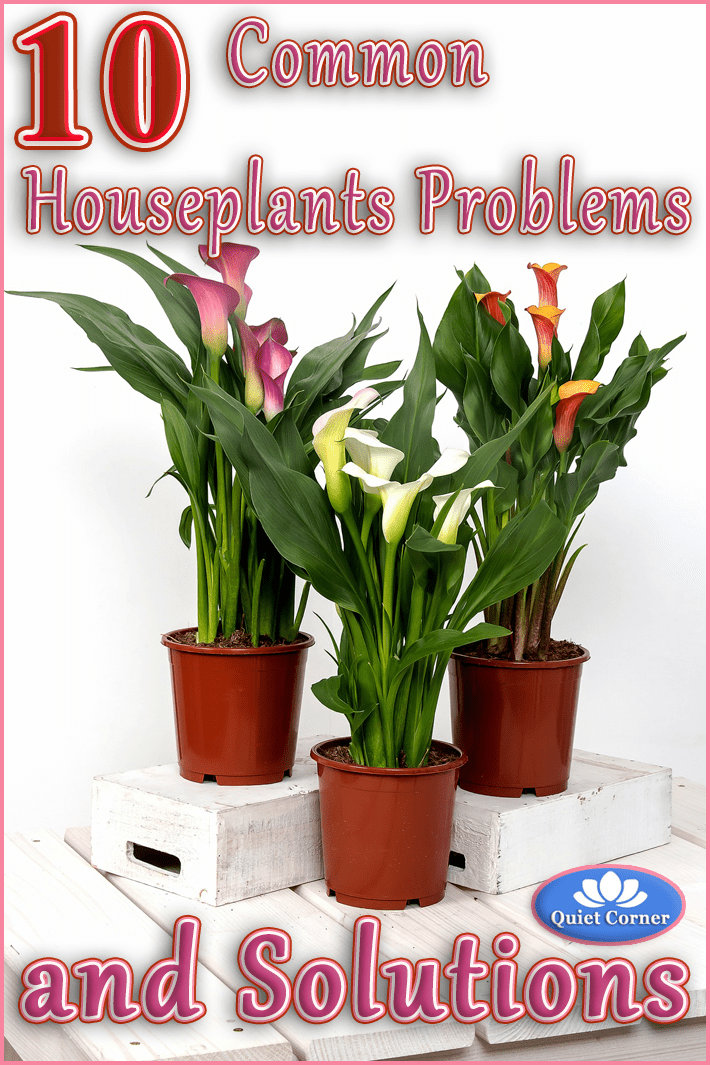
Indoor plant problems are common. Many problems are similar to those experienced by you plants outdoors – too much water, too little water, insects, plant disease to name a few. It should not surprise you then, to realize that treatment is also similar. For many problems, like too much or too little water, both problem identification and the remedy is simple and easy.
Identifying the cause of the problem comes before the cure. Here’s where you get to play Plant Doctor. Study the plant and its environment. Finding the problem, or problems, may be a process of elimination of one potential cause, then another.
Here are some of the most common houseplants problems and what you can do about them:
Symptom: Leaves are turning yellow
Possible causes: This is a common problem. Unfortunately this may be due to a number of problems including too much or too little light, and too much fertilizer. It could also be caused by too much water.
What to Do: In the order listed above, adjust your house plants environment. Hold off adding any additional fertilizer until the problem is resolved. Watch carefully to see how your plant responds.
Symptom: Base of stem is soft or mushy
Possible cause: This is a common result of over-watering.
What to Do: Let the surface of the soil dry out between watering. If the pot does not have drainage holes, re-pot your plant into one that does. While re-potting, make sure to use soil that drains well. Add coarse sand to improve drainage. In the future, water from the bottom.
Symptom: Leaves tips turning brown
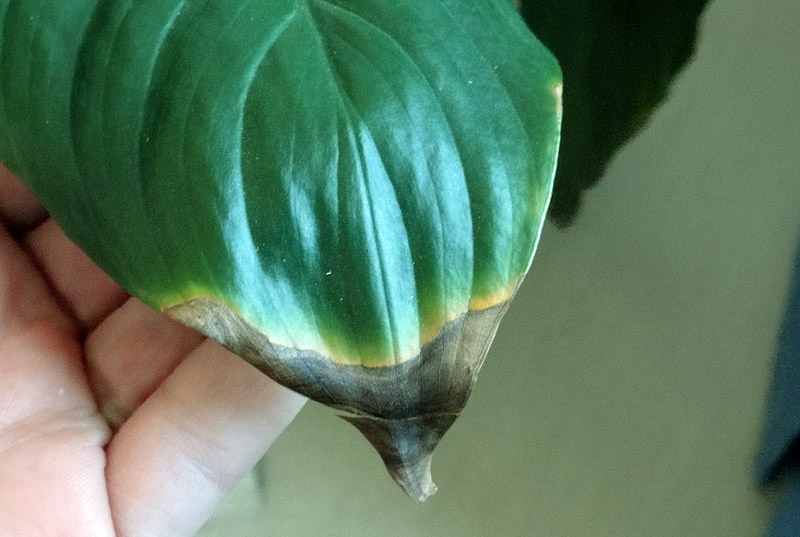
Possible cause: Like yellowing leaves, there are several causes of this. The most common cause is too much or too little water. Too much fertilizer is also a common cause.
What to Do: Follow the proper procedure for watering your houseplants. Hold off adding fertilizer for three to four weeks. Repot in fresh soil.
Symptom: Dry and brittle leaves
Possible cause: Too little water or low humidity.
What to Do: Follow the proper procedure for watering your houseplants. Increase the humidity in your home. Use plant misters.
Symptom: Leaf Drop
Possible cause: Too little sun, or too much fertilizer. Too much or too little water. Exposure to cold or draft.
What to Do: Follow the proper procedure for watering your houseplants. Hold off adding fertilizer for three to four weeks. If you have your plant in a sunny window, move it to a location with less light. Check the temperature of where you have your plant.
Symptom: Yellow or Brown Spots on Leaves
Possible cause: Too much sun or too much water.
What to Do: If the plant is in a sunny, southerly window move it to an area with less light. Check to see if the soil is too wet.
Symptom: Slow Plant Growth
Possible cause: Too little sunlight, water or fertilizer.
What to Do: Provide more direct sunlight or grow-light. Add water. Add liquid fertilizer every two to three weeks.
Symptom: Insects on Plant and/or Leaves
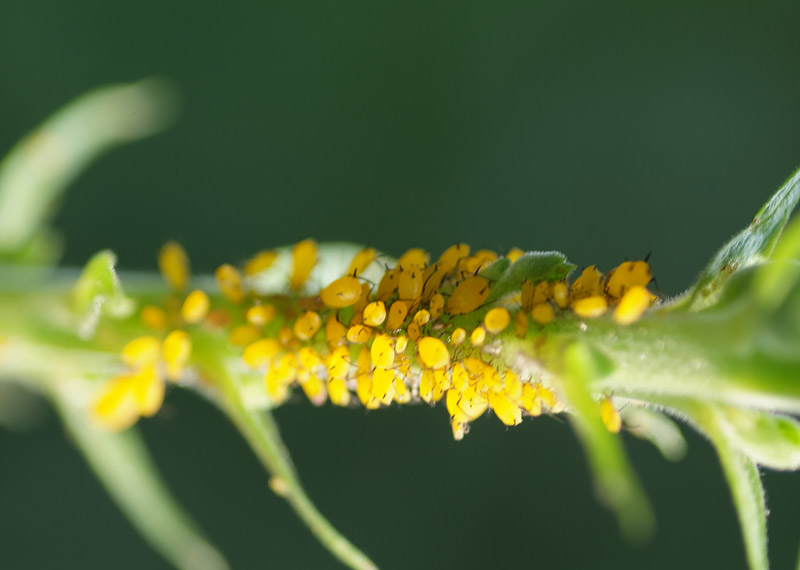
Possible cause: Insects are usually introduced to a home by a new plant. The new plant could be one you just bought, or a plant you have moved in from outdoors. Insects then spread to other houseplants.
What to Do: Insecticides are not intended for indoor use. And, you don’t want to introduce harmful chemicals into your home. An organic insect repellent may prove successful. Try a dish detergent soap repellent. Spray or gently wipe the leaves with the detergent repellent. Keep an eye out for insects and hand remove them as you spot them.
Symptom: Insects in the Soil
Possible cause: Insects are usually introduced to a home by a new plant. The new plant could be one you just bought, or a plant you have moved in from outdoors. Insects then spread to other houseplants.
What to Do: Insecticides are not intended for indoor use. One of the most common methods of ridding insects from the soil, is to immerse the entire pot or container in water. Leave it there for an hour. Then remove it from the water, and allow it to drain. It’s important that the container has drainage holes on the bottom . Keep an eye out for insects that may have crawled up the plant during the process. Repotting may also work, if you can remove all of the insects as you repot the plant.
Symptom: Dust on Leaves
Possible cause: It’s pretty obvious…. dust in your home accumulates over time on the leaves. It becomes unsightly. It can act as a filter, cutting down the limited available light.
What to Do: Dust the leaves…. but, do so gently. A fan may also work to rid most dust. Try it on fine or delicate leaves. You can also use a solution of dish detergent and warm water. Emerge a paper towel or soft rag in the solution. Squeeze out excess water, then gently wipe the leaves.

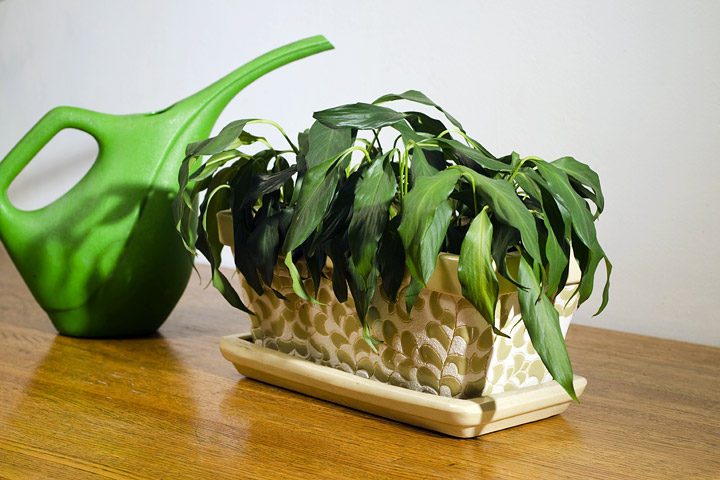
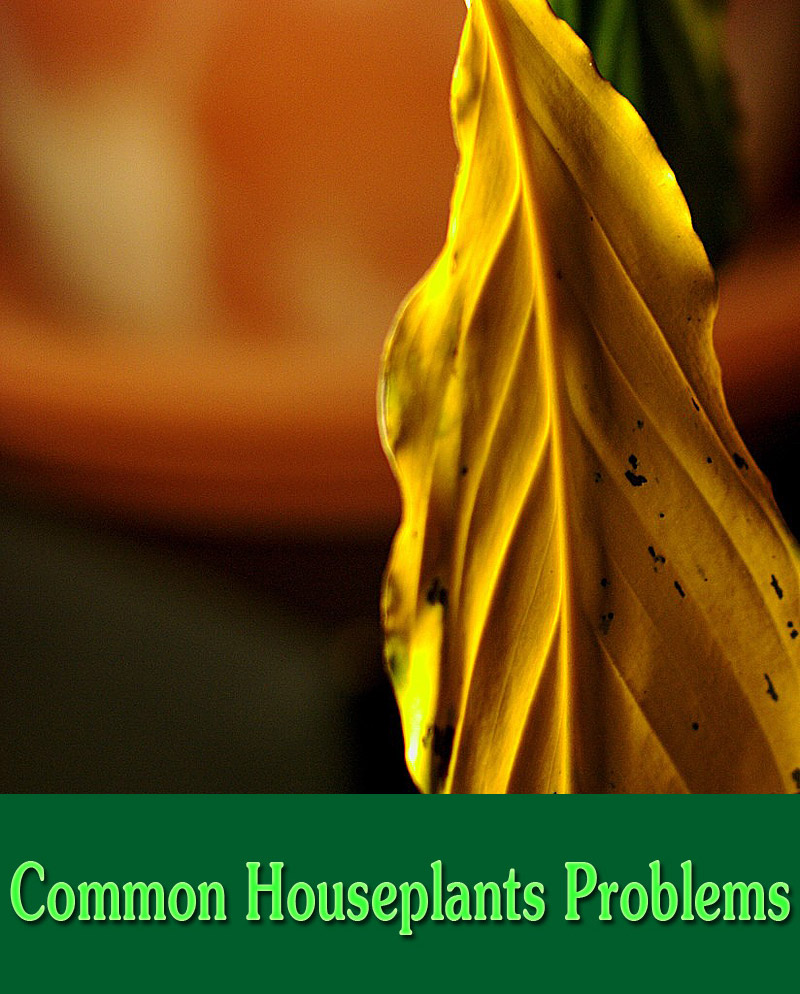
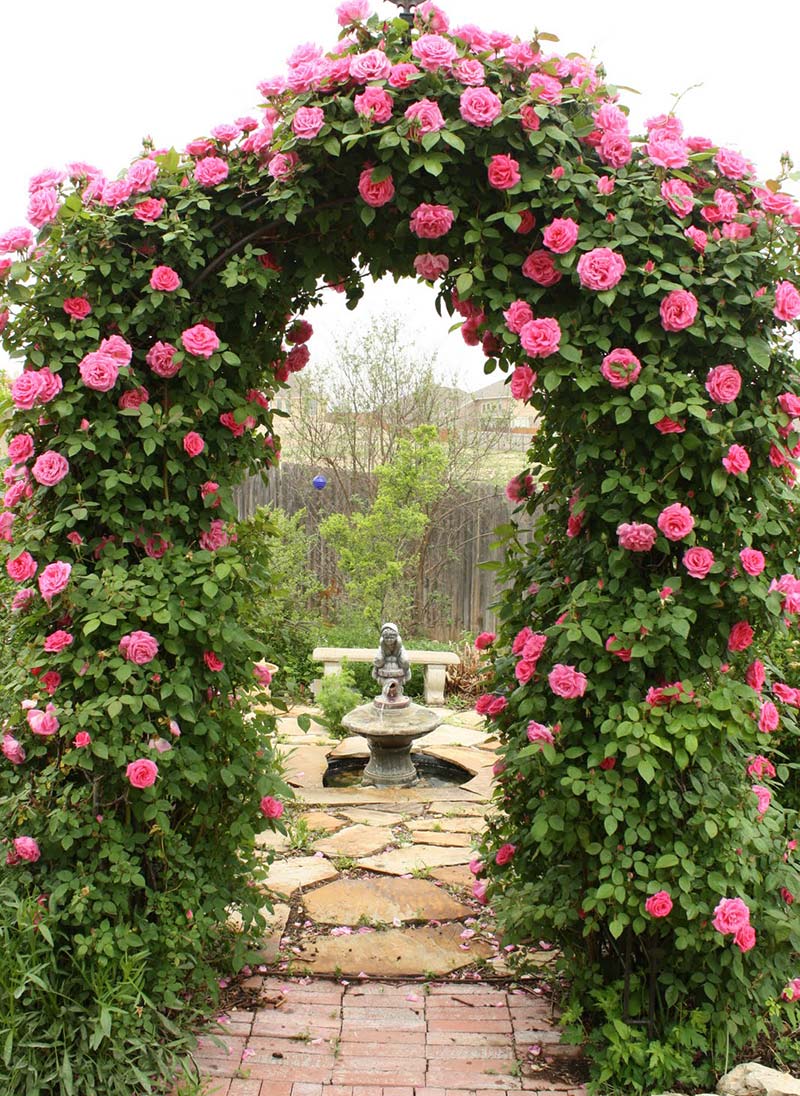
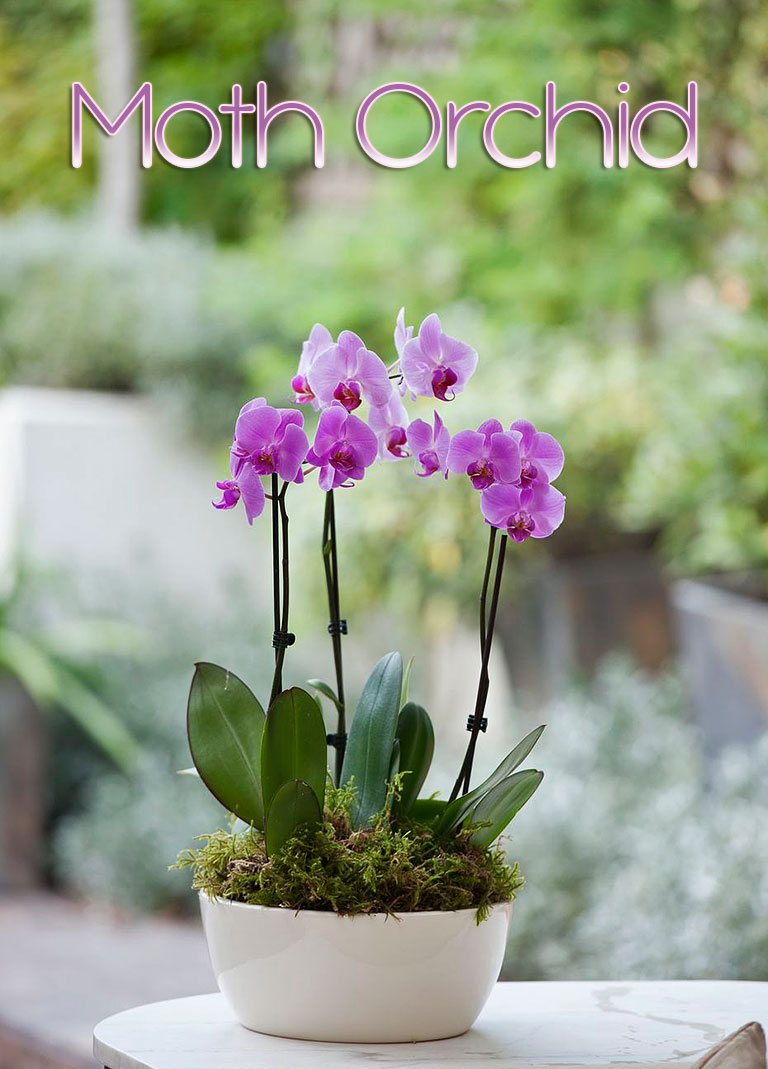
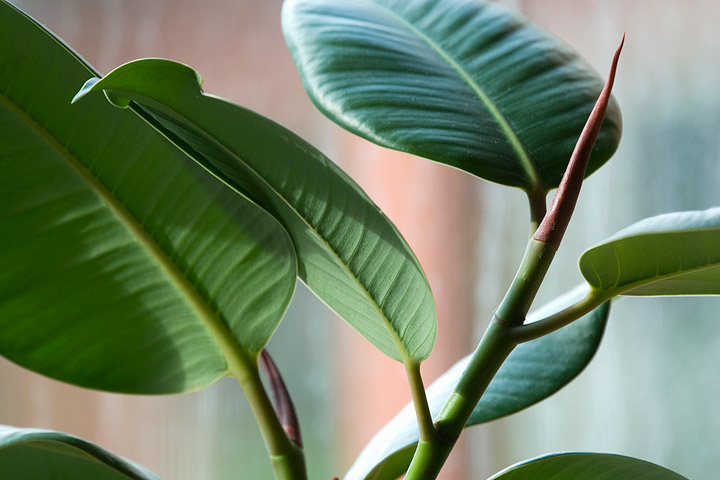
Leave a Reply